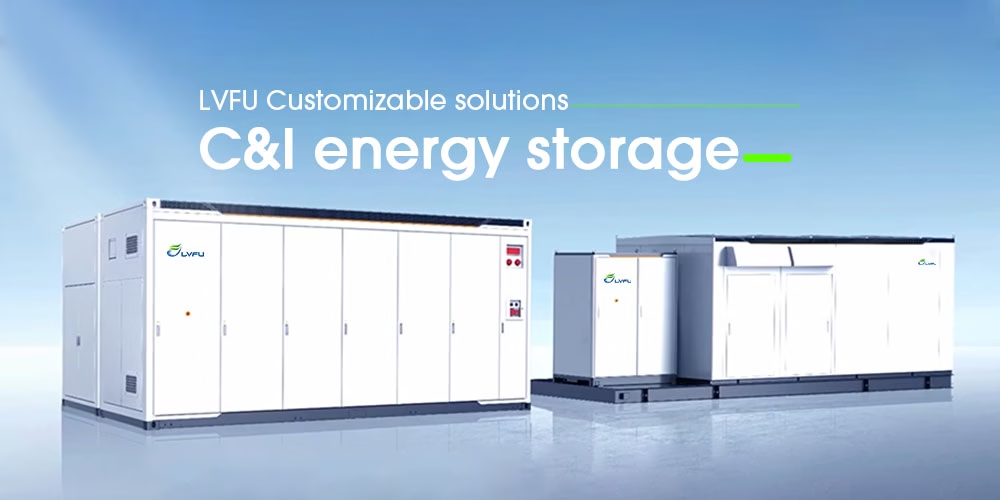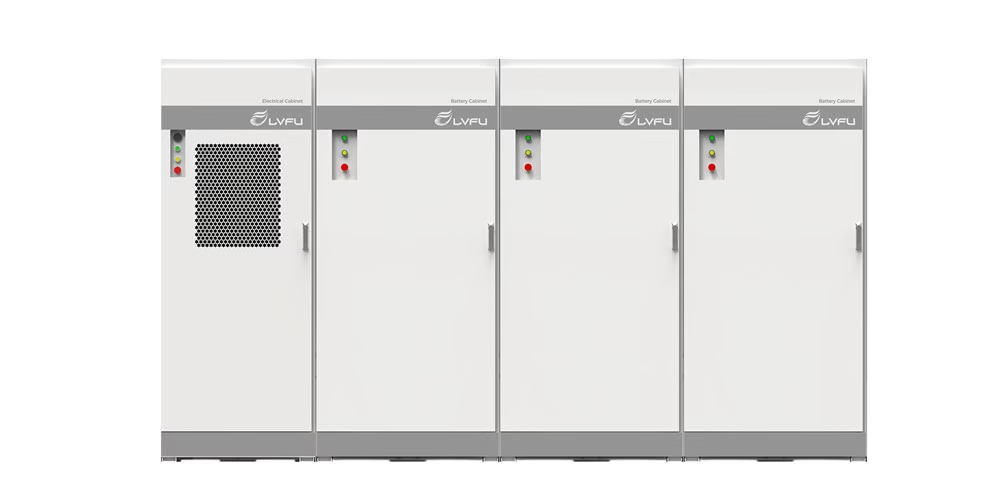C&I energy storage serves as a key application of electrochemical storage on the user side. Tailored for business and industrial users, these systems manage electricity by storing and discharging power.

🔋 what is Energy storage?
Energy storage describes how we use specific devices or media to capture energy and then release it on demand.
By doing so, it enables flexible charging and discharging, which in turn achieves a balance between energy production and consumption across time and space.
Within the power system, we typically categorize energy storage based on its location: the generation/supply side, the grid side, and the user side. Notably, storage on the power supply and grid sides is often referred to as front-of-the-meter storage or large-scale storage.
➡️ Before-the-meter energy storage
We define “before-the-meter” storage as systems connected directly to the power grid with dedicated meters.
Conversely, systems not meeting this criterion fall under “behind-the-meter” storage.
This is precisely why user-side storage, which we further divide into industrial & commercial and residential storage, also goes by the name behind-the-meter storage.

📊 Core Functions of C&I energy storage
- Backup Power: In the event of a power outage or rationing, these systems immediately supply electricity to keep critical operations running without interruption.
- Energy Management: They actively coordinate power sources like solar PV, diesel generators, and battery storage. This intelligent allocation helps cut electricity costs while simultaneously boosting the use of green energy.
- Arbitrage: By charging the batteries when electricity rates are low and discharging during high-rate peak hours, businesses can directly reduce their overall energy expenses.
- Peak Shaving: These systems effectively lower a facility’s maximum power demand. Consequently, this leads to significant savings on the capacity-based portion of the electricity bill.
- Solar Integration: Energy storage seamlessly pairs with solar generation to smooth its output. It stores surplus solar energy when production is high and releases that power when solar generation is insufficient.
- Demand-Side Response: By participating in grid auxiliary services, these installations enable businesses to generate additional revenue streams.
⚙️ Core Components of an C&I energy storage System
A standard industrial and commercial energy storage system integrates several key components: the battery system, PCS, BMS, EMS, thermal management, and fire protection.
PCS (Power Conversion System), or the bi-directional inverter, manages the flow of energy between the power grid and the battery bank. It actively controls the battery’s charging and discharging cycles, converts between direct current (DC) and alternating current (AC), and can even power AC loads directly during a grid outage. A PCS unit typically consists of a DC/AC bi-directional converter and a central control unit.
BMS (Battery Management System) plays a vital role in monitoring the battery pack. It continuously tracks, calculates, and communicates key data while ensuring the battery operates within safe limits. Its architecture primarily includes battery management chips, an analog front-end, an embedded microprocessor, and embedded software.
EMS (Energy Management System) acts as the intelligent brain of the entire setup. It provides real-time monitoring and smart management of all system devices. By handling data acquisition, storage, processing, and reporting, the EMS enables operational control, formulates operating strategies, and delivers comprehensive, information-driven oversight.
The unit “MW” measures the power rating of the PCS. It defines the maximum amount of power an electrochemical storage system can continuously input or output under specific time conditions. We use a standard scale of units—W, kW, MW, GW—where each step represents a 1000-fold increase.
The unit “MWh” quantifies the energy capacity of the battery system. It indicates the total amount of electrical energy the battery can deliver under specified conditions, serving as a critical performance metric. Its standard units—Wh, kWh, MWh, GWh, TWh—also follow a consistent 1000:1 conversion ratio.

